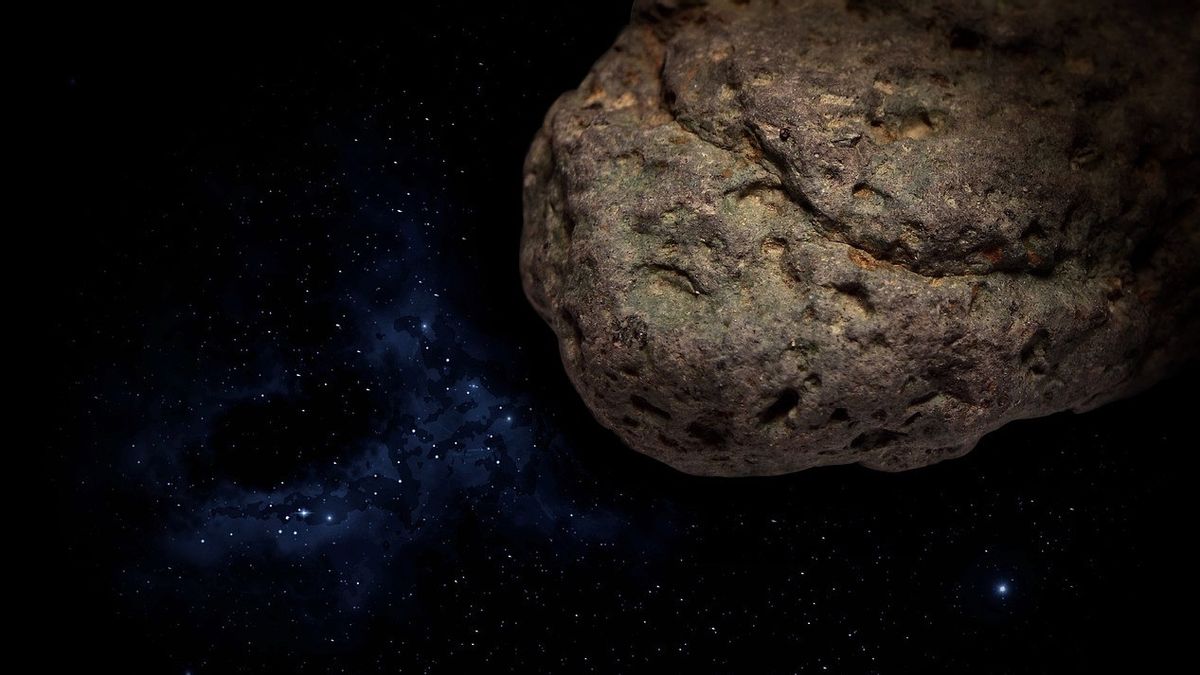JAKARTA - In order to prevent Earth from being attacked by a large asteroid, an international space research team recently conducted a threat simulation using an asteroid.
The asteroid is Apophis. The original 1,100-foot asteroid will approach Earth in 2029 and 2068, but will not actually hit the planet.
Meanwhile, the results of this recent simulation aim to show the steps that need to be taken if a planet-killing asteroid is headed to Earth.
Furthermore, the participants sought to find out what could happen if the asteroid threatened Earth on its most recent close-up approach between December 2020 and March 2021.
"This real-world scientific input stresses the entire planet's defense response chain, from initial detection to orbit determination as well as measuring the asteroid's physical characteristics and even determining whether, and where, it might hit Earth," said associate professor at the Moon and Planets Laboratory of University of Arizona at Tucson, Vishnu Reddy.
Then, the asteroid was tracked using NASA's Near-Earth Object Wide-field Infrared Survey Explorer (NEOWISE) mission, which gathers information about its size and shape.
Launching Digital Trends, Monday, June 6, this is important for estimating how much damage an impact will cause and is used in simulations of possible impact locations on Earth.
The idea is that data from NEOWISE could be sent to disaster agencies to aid their efforts in the case of an asteroid that does enter.
SEE ALSO:
"Seeing the planetary defense community come together during the last close approach of Apophis was impressive," said Michael Kelley, a program scientist with PDCO, in NASA's Division of Planetary Sciences.
“Even during a pandemic, when many trainees are forced to work remotely, we can detect, track and learn more about potential hazards very efficiently. The exercise was a huge success."
NASA itself is also known to have a mission to destroy asteroids by looking for several defense methods. Recently the space agency launched the Dual Asteroid Diversion Test mission or DART.
"DART is the first mission dedicated to investigating and demonstrating a method of asteroid deflection by changing the motion of asteroids in space through kinetic collisions," NASA explained.
The DART craft will hit a small asteroid called Dimorphos in September, with the aim of moving it off course.
The English, Chinese, Japanese, Arabic, and French versions are automatically generated by the AI. So there may still be inaccuracies in translating, please always see Indonesian as our main language. (system supported by DigitalSiber.id)















